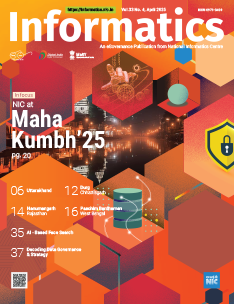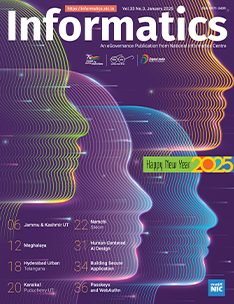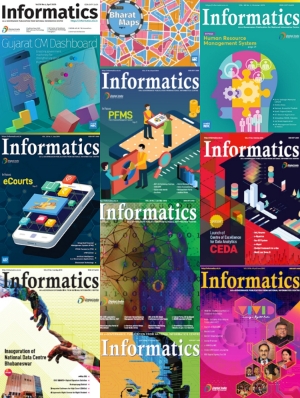Launch of PSP(Punjab Sewa Portal) for Sewa Kendras by Chief Minister and Deputy CM
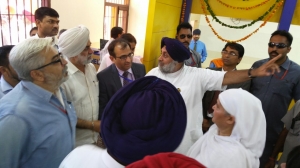
In order to ensure better and timely delivery of various government services delivered through different departmental systems under one roof, Govt of Punjab has conceived setting up 2147 Sewa Kendras as single point of contact in different parts of urban as well as rural areas of the state. Punjab Sewa Porta(PSP) has been be developed by NIC Punjab as an umbrella platform to enable the delivery of citizen-centric services of all the departments covered under Right to Service (RTS) act under one roof by integrating applications providing Citizen Services.
On 12th August 2016 in a state-wide launch, in the first phase 322 urban Sewa Kendras and PSP(Punjab Sewa Portal) were inaugurated by the Chief minister of Punjab S.Prakash Singh Badal in Lambi district Muktsar and by Deputy Chief Minister, Punjab S. Sukhbir Singh Badal in Pathankot and Mansa district. Simultaneously at other places also, Sewa Kendras and PSP were inaugurated by other dignitaries including state ministers on the same day.
PSP has been developed as a centralized application by NIC Punjab for Sewa Kendras in which integration has been done with token machines as well as back-end modules of WebSUWIDHA and eDistrict to deliver 62 services and 118 sub services. Other departmental applications shall also be integrated with PSP in due course of time. PSP will also facilitate monitoring implementation of RTS act in the state, monitoring of Service Level Agreement (SLA) with the vendor who has been entrusted for the day to day operations of Sewa Kendras by the state govt apart from generation of MIS at state level and district/sub-district/ sewa kendra level.




 Subscribe
Subscribe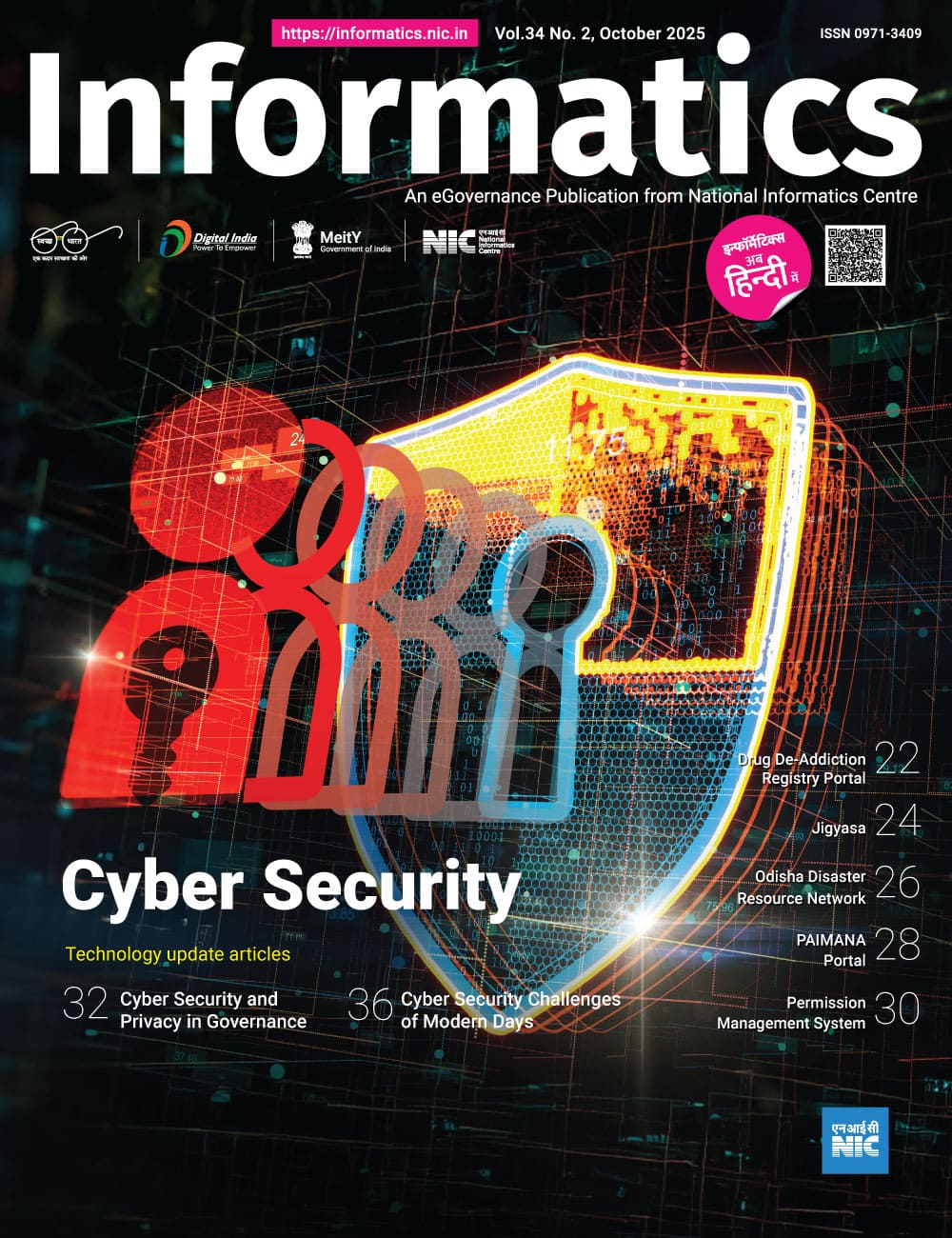
 Flipbook
Flipbook PDF (5.0 MB)
PDF (5.0 MB)
